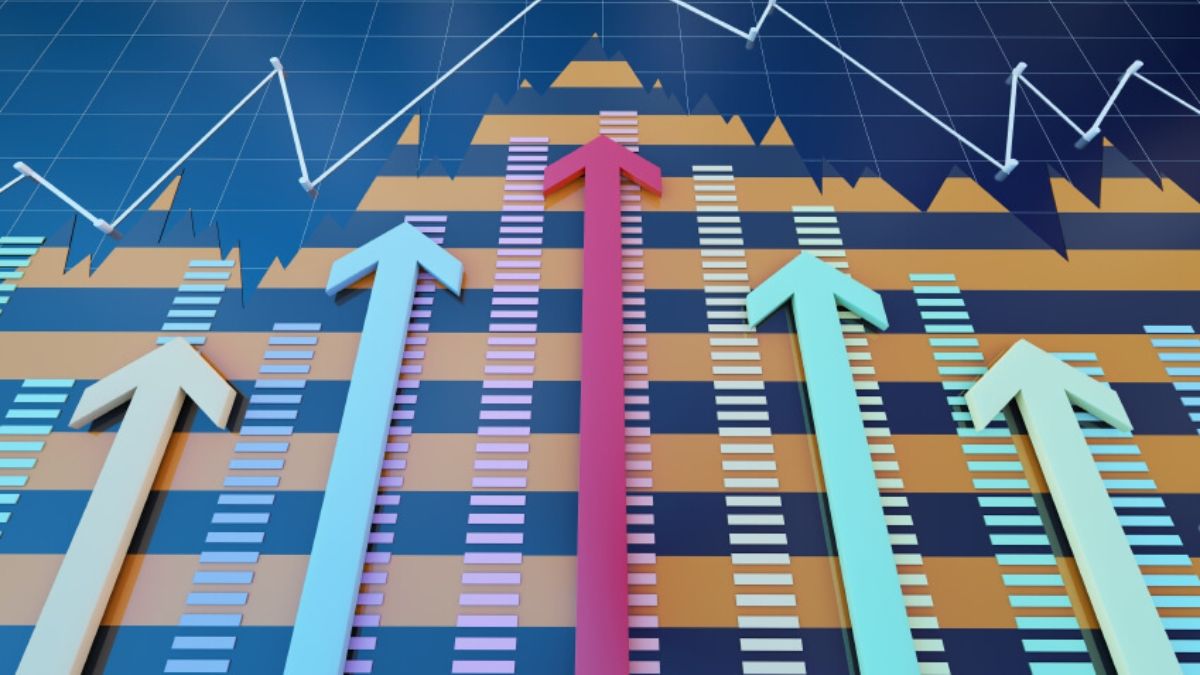When the GDP rate increases, that is, when the calculated GDP is greater than that calculated in the previous year, the economy of the country in question is said to have grown.
He Gross Domestic Product (GDP) It is an economic indicator that reflects the monetary value of all final goods and services produced by a country or region in a certain period of time, generally one year. The objective is to measure the wealth that a country generates.
The content you want to access is exclusive to subscribers.
The Organization for Economic Co-operation and Development (OECD) defines GDP as: “an aggregate measure of production equal to the sum of the gross aggregate values of all resident and institutional units engaged in production and services (plus taxes and less subsidies, on products not included in the value of their products)”.


An IMF publication states that “GDP measures the monetary value of final goods and serviceswhich are purchased by the end user, produced in a country in a given period of time (for example, a quarter or a year).” GDP is used as object of study of macroeconomics.
When the rate of GDP increases, that is, when the calculated GDP is greater than that calculated in the previous year, it is said that the economy of the country in question grew. If the rate of change is greater than zero, there was economic growth, otherwise there was a fall economical. However, sometimes it is necessary to transform country-level values into individual-level values.
What is GDP per capita and how is it calculated?
He GDP per capita, allows you to visualize how much wealth is created, or exists, per person within the country. Also called per capita income or per capita income, this value is an economic indicator that measures the existing relationship between the level of income of a country and its population. To calculate it, the country’s GDP is divided by the number of inhabitants.
He GDP per capita target is to obtain data that shows the level of wealth or well-being of a country at a given time, but it is not a reflection of reality, but rather a value that attempts to give an idea of the relationship between the level of income of a country and its population. It is frequently used as a comparison measure between different countries, to show differences in economic conditions.
Source: Ambito




